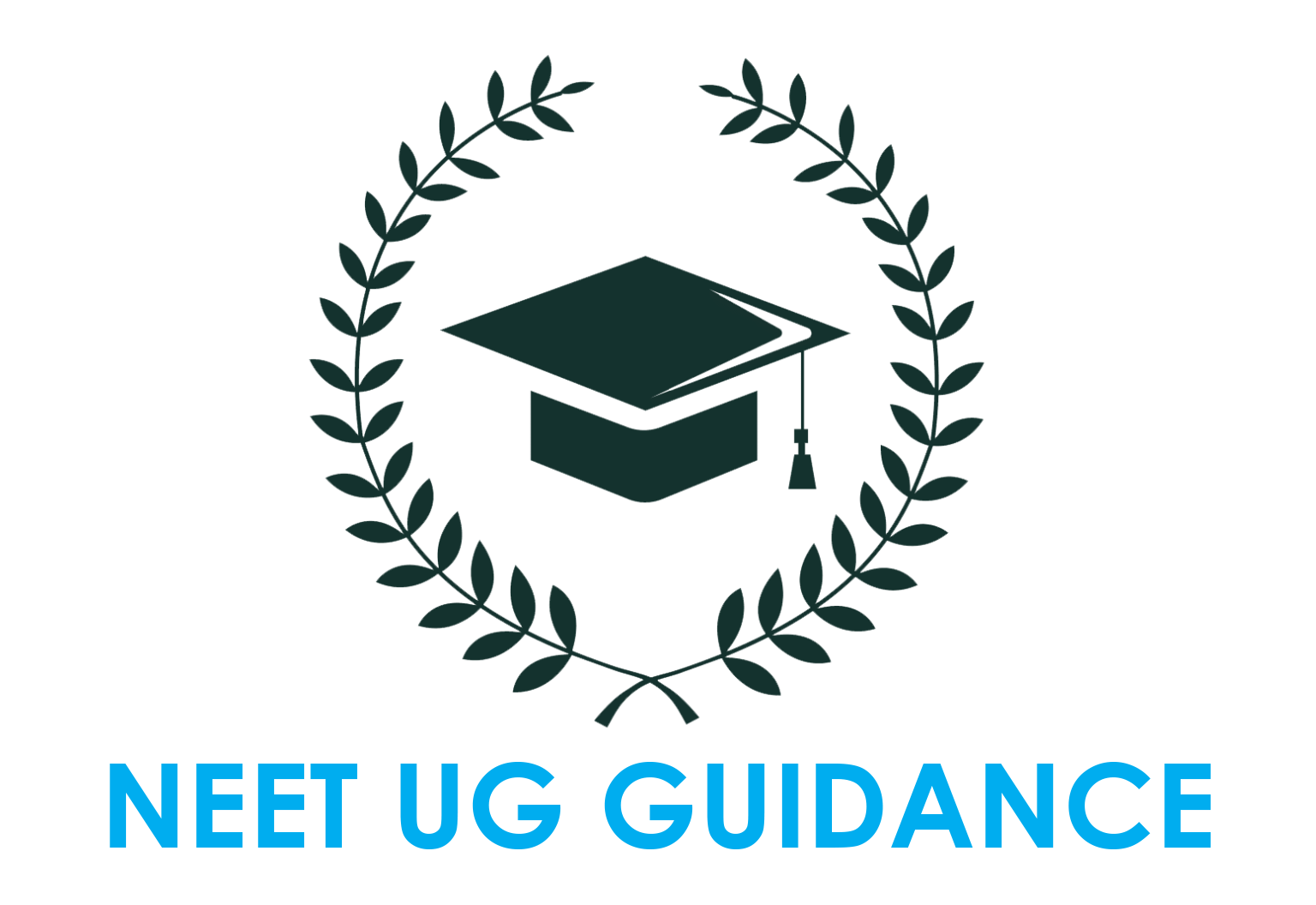
Selecting the right medical college after qualifying the NEET UG Counselling process stands as a pivotal decision shaping both your academic journey and future career in healthcare. With over 1.26 lakh MBBS seats across government and private colleges in India for 2025 and increasing competition, aspirants must be strategic, well-informed, and methodical when finalizing their choices. The road doesn’t end with a good score; NEET UG Guidance is essential for navigating cut-offs, seat allotments, and institutional priorities while anticipating location, ranking, fees, and training quality. This authoritative guide presents actionable steps, practical comparison tables, and key statistics to help future doctors secure their best-fit medical college with confidence and clarity.
Understanding NEET UG Counselling in India
The NEET UG Counselling process orchestrates admissions for MBBS, BDS, and related undergraduate medical courses across India, covering both All India Quota (15%) and various State Quotas (85%). For 2025, national statistics reveal that over 22 lakh candidates appeared for NEET, competing for 1,26,600 yet diversely distributed seats among government, private, and deemed institutions. NEET UG Guidance helps demystify this labyrinth, using official portals such as MCC (Medical Counselling Committee) for central rounds and designated state sites for local quotas.
Steps in the Counselling Journey
-
Registration on official portals (MCC for central, state-specific websites for domicile quotas)
-
Document verification and eligibility confirmation
-
Choice filling and preference locking—arguably the most critical stage
-
Seat allotment, result publishing, and reporting for admissions
-
Multiple rounds, mop-up rounds, and stray vacancy rounds to maximize opportunities.
The Role of NEET UG Guidance
NEET UG Guidance, utilized early in the college selection process, simplifies counselling complexities and ensures aspirants maximize seat chances based on their merit, quota, and individual priorities. Expert counsellors assist with personalized counselling, in-depth research, and practical tips for sequencing college choices.
Factors to Consider When Choosing a Medical College
Academic Quality and Reputation
-
NMC and government rankings signal educational excellence and infrastructure standards.
-
Faculty experience, teaching methodologies, and research opportunities bolster learning prospects.
-
Alumni feedback and institutional track records validate long-term outcomes.
Clinical Exposure and Patient Volume
Clinical practice is the lifeblood of medical education. It is essential to compare colleges based on:
-
Affiliated teaching hospitals and average daily OPD/IPD patient loads
-
Opportunities for hands-on experience starting first semester
-
Noteworthy programs in specialized fields or public health.
Fee Structure and Financial Aid
2025 data shows government colleges typically charge annual fees between ₹5,000 and ₹1,00,000, while private institutions often exceed ₹5 lakhs per annum. Transparent fee policies, availability of scholarships, and state-sponsored financial support must be factored in the decision-making process.
College Location and Student Demographics
Medical training spans 5+ years, making college location and local amenities critical. Consider:
-
Urban vs. rural campus context
-
Language preferences and ease of communication
-
Domicile advantages in state quota seats.
Seat Matrix, Reservation, and Cut-offs
Seat matrix revisions (with significant additions in 2025) alter availability and competition. Candidates should examine:
-
Institutional quotas (e.g., ESIC, AFMC, AIIMS, State Quota)
-
Year-wise cut-off trends for desired category and region
-
All India Rank (AIR) and category rank benchmarks.
Government vs. Private College Dynamics
| Factor | Government College | Private College |
|---|---|---|
| Average Fees | ₹5,000–₹1,00,000/year | ₹5,00,000–₹25,00,000/year |
| Clinical Cases | High patient volume | Varies, often lower |
| Hostel/Facilities | Subsidized, basic | Modern, sometimes luxurious |
| Seat Quota | State/Domicile/AIQ | Management/NRI |
| Alumni Impact | Nationwide | Regional/State |
Assess the following:
-
Library, simulation labs, digital classrooms, and hostel facilities
-
Sports, well-being centers, and extracurricular societies
-
Internet access and technical support.
Recent Trends & Data on MBBS Admissions in India
NEET UG 2025 National Statistics
-
Total seats: 1,26,600 MBBS seats (aggregate government and private)
-
Female candidates constitute over 59% of the total applicant pool (13.1 lakh)
-
States like Maharashtra, Karnataka, Tamil Nadu, and UP have the highest number of colleges/seats
NMC and Quota Breakdown
| States | Government Seats | Private Seats | Total MBBS Seats |
|---|---|---|---|
| Maharashtra | 11,585 | 7,955 | 19,540 |
| Tamil Nadu | 6,200 | 3,850 | 10,050 |
| UP | 8,650 | 5,950 | 14,600 |
| Karnataka | 5,990 | 6,895 | 12,885 |
| All India | 55,648 (govt.) | 53,256 (private) | 1,26,600 |
Cut-off marks and AIRs fluctuate annually based on competition and seat matrix expansion. For example, the government quota cut-off in top colleges routinely exceeds 650, while private colleges in non-metro regions may offer seats below 500 marks for reserved categories.
Navigating Choice Filling: Strategic Steps
Actionable Steps for NEET UG Counselling Choice Filling
-
Research colleges exhaustively, prioritizing location, seat category, reputation, and fee structure.
-
Prepare a priority list ranked by preference and long-term goals.
-
Use available mock allotment features to test choices before final lock.
-
Periodically update choices as per state and central round outcomes.
-
Save, print, and keep copies of all submitted preferences for future reference.
Common Mistakes and How to Avoid Them
-
Overlooking state quota advantages for domicile students
-
Failing to verify eligibility for special quotas (ESIC, NRI, AFMC, BSc Nursing)
-
Underestimating competition for top-ranked colleges
-
Ignoring infrastructural and lifestyle factors
Deep Dive: Factors Influencing Career Prospects
Research Opportunities and Postgraduate Pathways
Colleges with robust research output, mentorship programs, and sponsored internships pave the way for future specialization, overseas opportunities, and academic advancement.
Alumni Networks and Placements
Well-connected alumni actively support internships, job placements, and academic collaboration, enhancing career possibilities considerably.
Choosing the Right College in India
Regional Preferences and Seat Advantages
State-wise quotas, reserved categories, and cutoff trends create distinct advantages for home-state aspirants. For example, West Bengal offers 28 government colleges accepting NEET UG scores, presenting strong options for regional candidates.
Rural vs Urban College Experience
-
Urban colleges (Delhi, Mumbai, Bengaluru) offer superior hospital exposure, research opportunities, and national visibility.
-
Rural colleges may provide broader community medicine exposure, subsidized fees, and less competition in campus placements.
Language, Safety, and Lifestyle
Familiarity with local language streamlines patient interaction and learning. Campus safety, access to city amenities, and a supportive student community all contribute to memorable medical training.
How to Use NEET UG Guidance Effectively
NEET UG Guidance, offered by best-in-class counsellors, maximizes seat prospects by:
-
Streamlining documentation and eligibility verification
-
Updating students about changes in seat matrix, quotas, cutoffs, and fee policies
-
Providing in-depth, 1:1 mentorship for college ranking, course specializations, and interview preparation.
Partnering with Recognized Guidance Providers
Look for expertise, proven success rates, transparent fee policies, and personalized recommendations when choosing a NEET UG Guidance provider. Always check for state and central guidance updates and registrations before making key decisions.
Tables for Quick College Comparison & Decision Support
| Parameter | Details/Benchmarks |
|---|---|
| Accreditation | NMC, Govt, AIIMS, Private, Deemed |
| Tuition Fee | ₹5,000–₹25,00,000/year |
| College Rank | NIRF/State ranking |
| Patient Volume | >500/day (urban), ~150/day (rural) |
| Hostel Facilities | Confirmed/not confirmed |
| Peer Diversity | Regional/National/International |
| Language | Local/English/Hindi (as per preference) |
1. What is the NEET UG Counselling process and how many rounds are there?
The NEET UG counselling in India involves centralized online registration, document verification, choice filling, seat allotment, physical reporting, and admission fee payment. Multiple rounds occur, including mop-up and stray vacancy rounds, to optimize seat utilization for all categories.
2. How important is clinical exposure when choosing a medical college?
Clinical exposure determines how early and effectively students interact with patients, helping build diagnostic, treatment, and empathy skills. Prioritize colleges with high patient volumes and established teaching hospitals for superior training during NEET UG Counselling choice filling.
3. What changes were made to the seat matrix in India for 2025 MBBS admissions?
For 2025, the National Medical Commission added 9,075 new MBBS seats, raising the national total to 1,26,600 and impacting seat availability and cut-off trends across several states.
4. How does NEET UG Guidance help with college selection?
Expert NEET UG Guidance offers personalized, data-driven counselling for college preference shortlisting, cut-off analysis, document preparation, and counselling registration updates, maximizing the chance of getting desired seats.
5. What are the top mistakes to avoid during NEET UG Counselling?
Avoid misranking preferences, skipping eligibility checks for special quotas, delaying registration, ignoring fee structure, and failing to research college infrastructure and lifestyle adaptability through NEET UG Counselling.
Conclusion
The choice of medical college following NEET UG Counselling in India is a defining moment for future medical professionals. With insightful NEET UG Guidance, clear priorities, and strategic use of the latest research and statistics, aspirants can maximize admission success and lay a robust foundation for their medical career. Every preference, comparison, and data point plays a critical role in ensuring that each candidate’s medical education aligns with their aspirations and long-term goals in service to society.
This blog serves as your definitive resource for navigating NEET UG college selection, optimizing the process with up-to-date intelligence, practical tools, and expert-driven recommendations tailored specifically for the Indian context and user intent.


